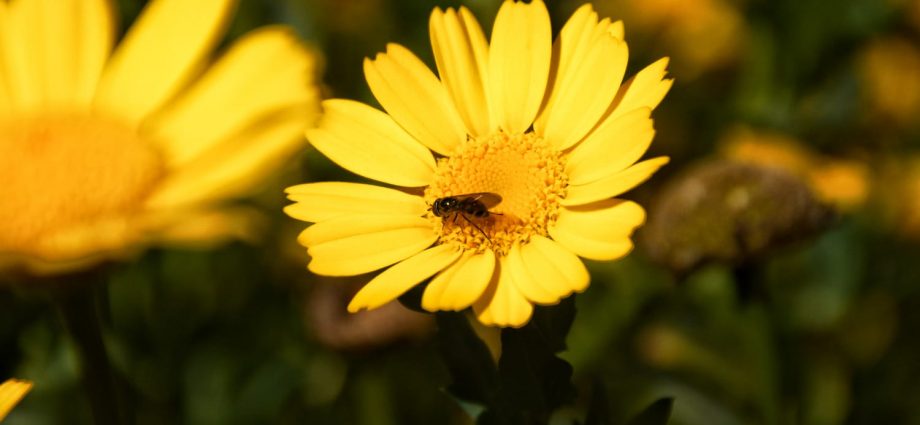(It seems this summer Nilgirians have to satisfy themselves more by reading than seeing the myriad flowers in bloom. In 1944 one Torfrida (nick name ?) and May Dart (who sketched) brought out a slim volume on Nilgiri wild flowers titled, “Nurseries of Heavan- Wild Flowers of India. The introduction to the book is interesting. Here are the excerpts. Hooker and Campbell mentioned were closely connected with the Nilgiris.)
FLOWERS welcome us into the world, and are with us on every festive occasion during our lives, and finally shed their mantle of beauty over us when we die.
We know that King Solomon wrote of flowers, and the Chaldeans, Babylonians and Egyptians studied them. The Arabs appear to have understood that pollen from a date tree must be transferred to a date tree of another kind in order that the fruit may grow. Peas have been found buried in the houses of the Swiss Lake dwellers who lived in the “ Bronze “ Period. In 384 B.C. Aristotle wrote of plants, and in 300 B.C. Theophrates described five hundred plants and their uses for curing diseases; but one of the most interesting men was the old Roman, Pliny the Elder. He was a friend of the Emperors Nero and Titus, and his joy of work seemed indefatigable. His son tells us how his father worked before day-break and continued all day, only stopping when “he was actually in his bath!”
A pioneer of Indian Flora was Sir Joseph Dalton Hooker, who visited that country from 1847 to 1851. The queer ways of Englishmen were not so well understood in those days, and he, with his friend Dr. Campbell, were imprisoned by the Raja of Sikkim until an assurance could be given that they had no other evil intention than that of picking flowers!
Whether men care to make a scientific study of plants or not, most men in their lives make a garden. In gardens we see the amazing transformations that have been made from wild flowers. And as with Kipling, “A garden is not made by singing ‘Oh how beautiful’ and sitting in the shade.” The flowers in this book are just a few of the common ones growing in the Nilgiris, and may be seen also in other parts of India.
Of Kurinji it is mentioned:
Down from the Himalayas came the northern tribes of India to settle in the south and among the food for their cattle, donkeys and goats were the seeds of the Strobilanthes flower. They grow only on the hills where the nights are cold and
they seem to love a long-long sleep. They wake up every 5, 8, 9 or 12 years according to the species, but when they do spring to life what a glory they bring. It is as if some magician had waved his wand to wake the sleeping beauty.
The flower is not particularly lovely and has a queer heavy scent. The rather ugly name means a ‘ twisted cone ‘ which is seen in the formation of the flower head, while the Austrian Botanist, Kunthianus, could not resist adding his name to so mystical a plant.
Image : From the net.
Nilgiri Documentation Centre

